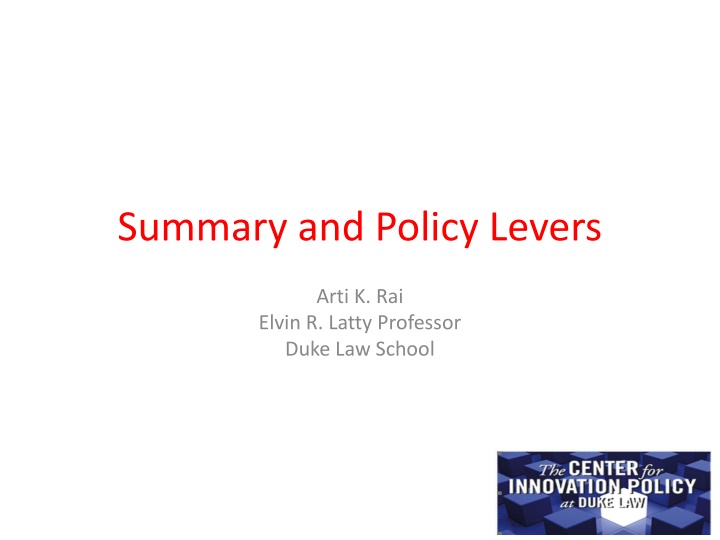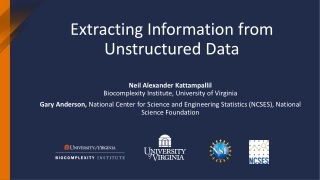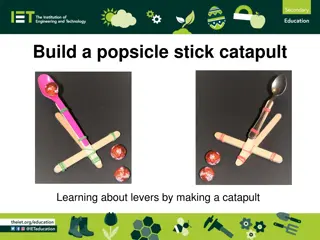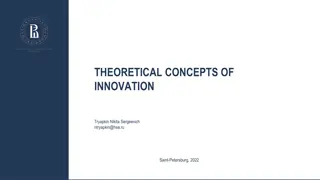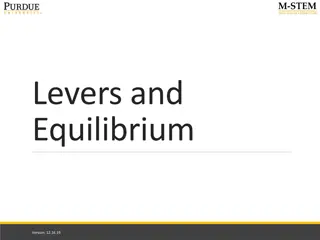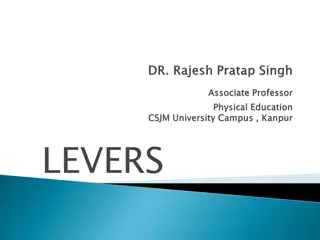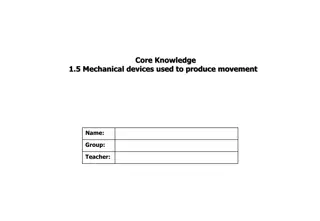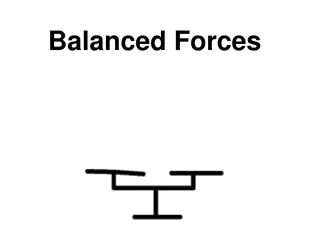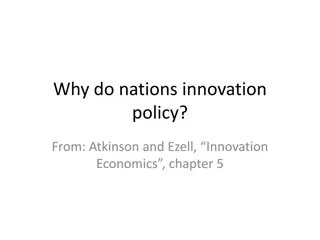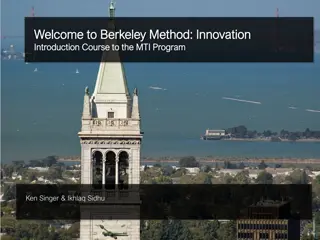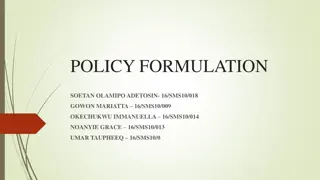Policy Levers for Innovation in R&D
This article explores challenges faced in corporate research and development, emphasizing government support, public-private partnerships, and the complex relationship between patents and innovation. It discusses key policy conclusions to strengthen foundational research funding.
Download Presentation

Please find below an Image/Link to download the presentation.
The content on the website is provided AS IS for your information and personal use only. It may not be sold, licensed, or shared on other websites without obtaining consent from the author.If you encounter any issues during the download, it is possible that the publisher has removed the file from their server.
You are allowed to download the files provided on this website for personal or commercial use, subject to the condition that they are used lawfully. All files are the property of their respective owners.
The content on the website is provided AS IS for your information and personal use only. It may not be sold, licensed, or shared on other websites without obtaining consent from the author.
E N D
Presentation Transcript
Summary and Policy Levers Arti K. Rai Elvin R. Latty Professor Duke Law School
Summary of Challenges Corporate R declining pressures of global competition short-termism in key industries, e.g. materials science Startups not picking up slack R still critical foundation for innovation corporate patents cite to R
What To Do? Government support of R Especially physical sciences, engineering Public-private partnerships to bridge Valley of Death Public-private partnerships on industry-wide challenges (e.g. University of Delaware and NIIMBL) see also W. Nicholson Price & Arti Rai, Manufacturing Barriers to Biologics Innovation and Competition, 101 IOWA L.REV. 1023 (2016)
What About IP? Historically, Congress has often looked to IP e.g. Bayh-Dole Act of 1980; creation of CAFC in 1982 Recent hot topics in IP Patent Trial and Appeals Board (PTAB) Section 101 patentable subject matter
Proceed With Caution Obviously not cause of business R share decline, which has been occurring since 1980s Patents have complex relationship to R incentive (first innovator or exclusive licensee) vs. transaction cost/tax (subsequent innovators) Evidence that PTAB is (as intended) a substitute for litigation
PTAB (substitution plus other goals) At Least One Prior Defendant On Petition % of Petitioners Who Are Prior Defendants 100% 100% 90% 90% 80% 80% 70% 70% 60% 60% 50% 50% 40% 40% 30% 30% 20% 20% 10% 10% 0% 0% Cmp&C mm Drgs&M ed Cmp&C mm Drgs&M ed Chem Elec Mech Others Chem Elec Mech Others Share Share 77.9% 76.3% 48.5% 76.7% 53.1% 65.5% 68.8% 81.5% 70.8% 84.3% 70.2% 82.6% Strategic Decisionmaking in Dual PTAB and District Court Proceedings, Berkeley Technology Law Journal 31: 45-116 (2016) (with Vishnubhakat and Kesan)
Section 101 May be issue for medical diagnostics But IPO, AIPLA proposals sweep too broadly
Key Policy Conclusions Strengthen public funding of foundational/translational research Including through public-private partnerships
